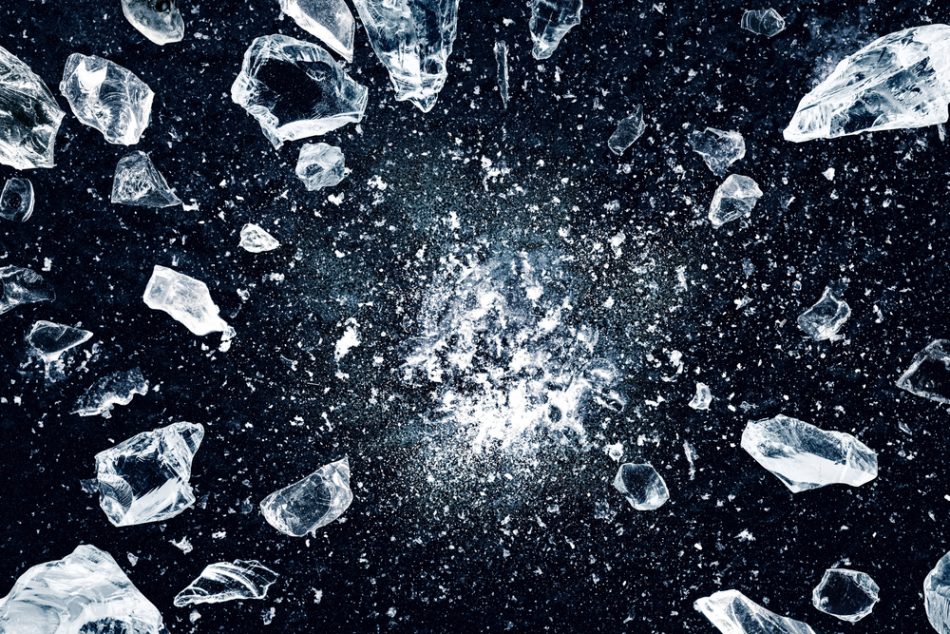We all learned in school that there are three different states of matter: solid, liquid, and gas. What if we told you this was untrue, and in fact, scientists have identified 20 phases of water. This is dependent on the pressure and temperature the H2O is under, causing an array of different ways the hydrogen and oxygen molecules can bond.
A new study published in Nature Physics has managed to create one of these mysterious phases of water in a lab, termed ‘superionic ice.’ Scientists were previously able to achieve this state using shockwaves, but for only 20 nanoseconds, not enough time to study it in detail. To get around this issue, a group at the University of Chicago compressed a water droplet between two diamonds. This liquid was then heated to extreme temperatures, using one of the world’s most powerful lasers.
The experiment resulted in strange black water that stuck around for a few more milliseconds, enough time for the team to study it in detail. Compared to the 19 other phases of water, scientists claimed this superionic ice was found to be the weirdest state yet! The oxygen atoms lock together as if in a solid-state, whilst the hydrogens move around as if they were in a liquid. It is these fluid hydrogen atoms that block light from passing through the material, giving it a black appearance.
The reason this interesting state is so valuable to study is the fact it may play a huge role in creating magnetospheres, magnetic fields which protect planets from harmful radiation. On Earth, they block out solar flares and cosmic particles which are damaging to humans, allowing the planet to be habitable. Superionic ice is thought to be apparent also on ice giants and their moons, such as Neptune and Uranus. Understanding how and where this interesting matter forms could be extremely helpful to scientists in setting guidelines when searching for planets that could harbor possible alien life.
Source study: Nature Physics – Structure and properties of two superionic ice phases











